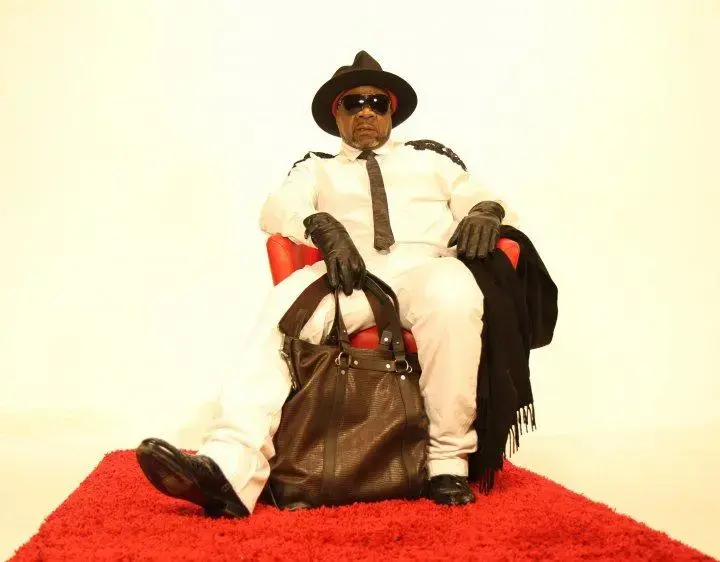Sapeurism and the Congo Dandies: A Journey into Elegance

In the bustling streets of Brazzaville and Kinshasa, a unique subculture thrives, transforming urban landscapes into vibrant fashion runways. These are the Sapeurs, members of the Société des Ambianceurs et des Personnes Élégantes (Society of Ambiance-Makers and Elegant People), commonly known as the Congo Dandies. Their striking attire and flamboyant demeanour encapsulate a rich history and a profound cultural movement.

Sapeurism, or La Sape, traces its origins back to the early 20th century during the French colonisation of the Congo. Influenced by the dapper attire of European colonizers, Congolese men began to adopt similar styles, blending them with their own cultural aesthetics. The movement gained momentum post-independence in the 1960s and 1970s as a form of social protest against the oppressive regimes and as a way to reclaim dignity and identity.

Renowned musician Papa Wemba, often referred to as the “King of Rumba Rock,” played a significant role in popularizing La Sape. He encouraged young Congolese men to dress elegantly as a form of resistance and self-expression, famously saying, “White people invented the clothes, but we turned it into an art.”

The Code of Sapologie
At the heart of Sapeurism lies the Code of Sapologie, an unwritten set of rules governing the behavior, ethics, and sartorial choices of its members. This code emphasises not just the clothes, but the attitude and elegance that come with them. Here are some of its key tenets:
1. Elegance Above All: Sapeurs must exhibit impeccable taste and elegance. Their outfits are carefully curated, with a preference for high-quality fabrics and well-tailored pieces.
2. Color Coordination: Mastery of color coordination is essential. Sapeurs often combine bold, contrasting colors in harmonious ways that reflect their personality and creativity.
3. Attention to Detail: Every element, from shoes to accessories, must be meticulously chosen and maintained. Cleanliness and neatness are paramount.
4. Behaviour and Demeanour: Sapeurs are expected to conduct themselves with grace, dignity, and respect. Their behavior should reflect the sophistication of their attire.

Dressing Rules and Acquisition of Clothing
Dressing as a Sapeur is not merely about wearing expensive clothes but about how one wears them. They follow a set of rules that dictate the elegance and harmony of their outfits. Sapeurs often source their clothing from high-end European brands like Yves Saint Laurent, Gucci, and Versace. These items are sometimes purchased abroad or through second-hand shops and connections within the community. It’s not uncommon for a single piece of clothing to be saved for and cherished over several years.
Award-winning Italian photographer Daniele Tamagni provides unique insight into this subculture in his photography book Gentlemen of Bacongo (2009).
Sapeurism is more than just a fashion statement; it is a narrative of resilience and creativity. Amidst political instability and economic hardship, Sapeurs have turned fashion into a form of resistance and a statement of self-worth. They invest in their appearance to reclaim their dignity and project an image of success and respectability. As one Sapeur famously said,
“To be a Sapeur is to shine where there is darkness.”
Apart from being known as Sapeurs and Congo Dandies, they are also referred to as “Gandjulas” in Kinshasa, a term derived from the Lingala word for dandy or stylish person. This emphasises their role as ambassadors of elegance and cultural pride in their communities.
Sapeurism in the Modern World
In recent years, Sapeurism has gained international attention through documentaries, music videos, and fashion shows. Brands and designers have drawn inspiration from the bold and unique style of the Sapeurs, bringing this Congolese subculture to a global audience. Despite the external recognition, the essence of La Sape remains deeply rooted in its origins—an art form, a social movement, and a testament to the enduring spirit of the Congolese people.
In conclusion, Sapeurism is a celebration of style, culture, and resilience. It is a living tradition that continues to evolve, inspiring and captivating the world with its elegance and creativity. As the Sapeurs strut through the streets of Brazzaville and Kinshasa, they remind us that fashion is not just about what we wear, but how we choose to present ourselves to the world.
























Comentarios